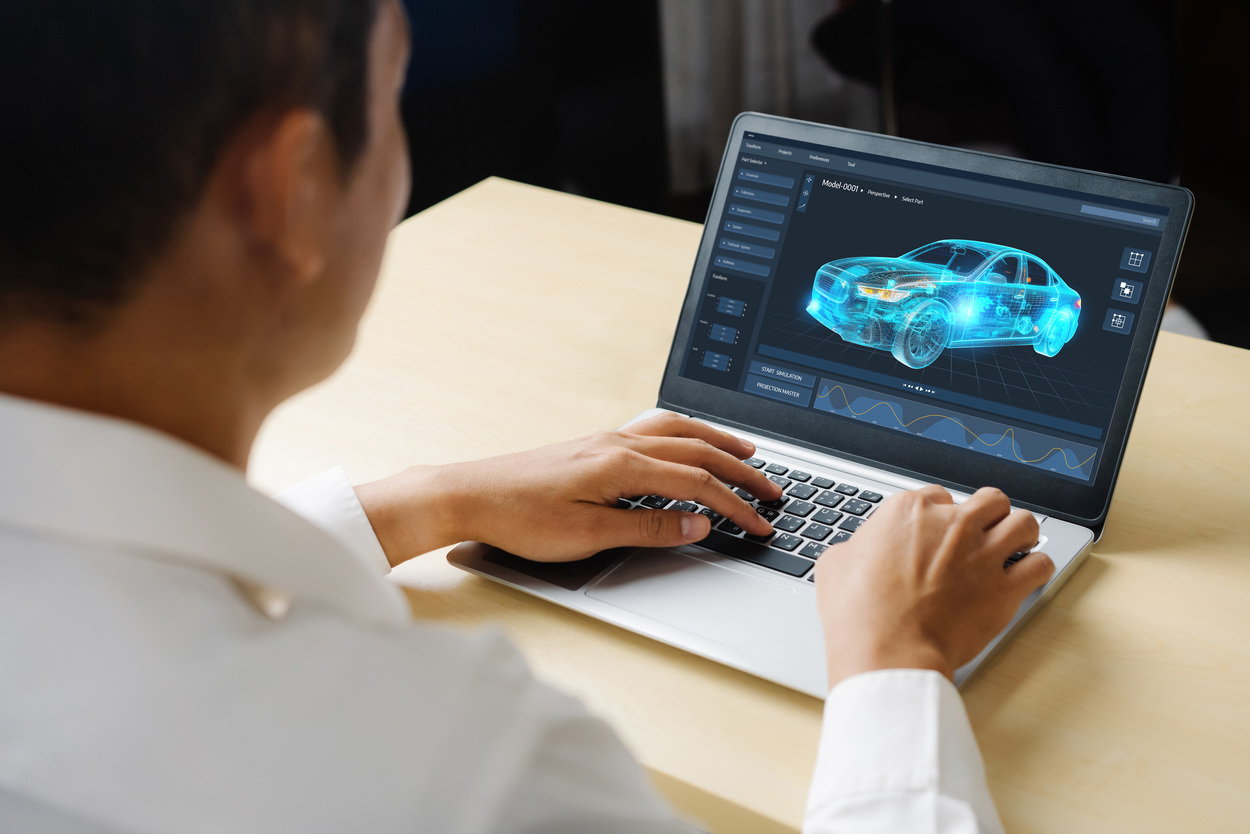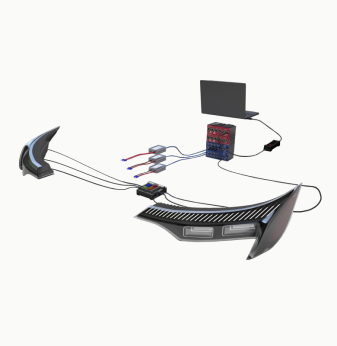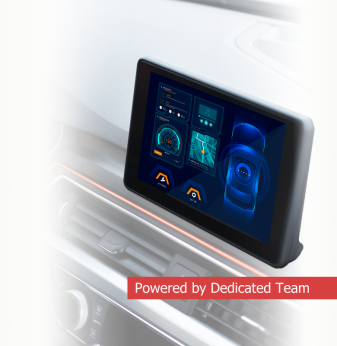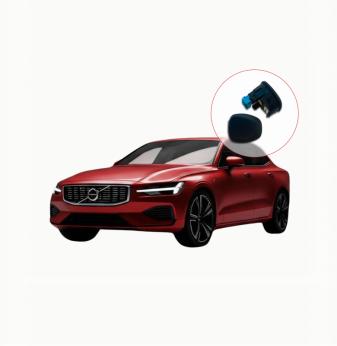Open-Source AI in Automotive Software Development: A Data-Driven Comparison and Analysis

The automotive industry is in the midst of a profound digital transformation, with artificial intelligence (AI) emerging as a cornerstone technology. From the intricacies of autonomous driving (AD) to the precision of advanced driver assistance systems (ADAS) and the user-centric design of intelligent infotainment, AI is reshaping the automotive landscape. This article provides a comprehensive exploration of open-source AI tools and platforms, juxtaposing them with commercial solutions like ChatGPT and DeepSeek, to discern the optimal choices for automotive software development.
The Indispensable Role of Open-Source AI in Automotive Innovation
Open-source AI offers a plethora of advantages for automotive software developers:
- Economic Viability and Customization: Typically available at no cost, these tools can be meticulously tailored to meet the unique demands of specific projects.
- Robust Community Support: Vibrant developer communities provide a wealth of resources, including comprehensive documentation and practical examples.
- Accelerated Prototyping and Development: Libraries and frameworks streamline the development process, enabling rapid iteration and validation.
- Enhanced Transparency and Control: Open-source code facilitates a deep understanding of algorithmic processes, empowering developers with granular control.
Key Open-Source AI Tools for Automotive Applications
- TensorFlow:
- A flagship open-source machine learning (ML) library developed by Google, renowned for its extensive toolkit for neural network construction and training.
- Real-world applications: Tesla's Autopilot leverages TensorFlow for its perception system, which processes sensor data to detect and classify objects in the vehicle's surroundings.
- Performance metrics: Achieves over 90% accuracy in object detection tasks, vital for AD and ADAS functionalities.
- PyTorch:
- Developed by Meta, PyTorch is celebrated for its flexibility and ease of use, particularly in research and development contexts.
- Real-world applications: Many research institutions and startups use PyTorch to develop cutting-edge computer vision algorithms for autonomous vehicles.
- Performance metrics: excels in rapid prototyping environments.
- OpenCV:
- A powerful computer vision library offering a rich collection of image and video processing algorithms.
- Real world applications: Road sign recognition systems, pedestrian detection, and lane departure warning systems.
- Performance metrics: Capable of real-time image processing at frame rates exceeding 60 frames per second (FPS).
- ROS (Robot Operating System):
- A versatile framework for robotics development, essential for AD and autonomous systems.
- Real world applications: Used in the development of autonomous delivery robots and research platforms for self-driving cars.
- Performance metrics: Facilitates low-latency communication between robotic system components.
- Scikit-learn:
- Provides efficient tools for data mining and analysis, crucial for interpreting sensor data.
- Real world applications: Used for analyzing vehicle sensor data to predict maintenance needs and optimize fuel efficiency.
- Performance metrics: Offers high efficiency for various data analysis tasks.

Comparative Analysis Including Commercial AI
- ChatGPT (OpenAI):
- Excels in code generation, documentation, and natural language processing, enhancing development workflows.
- Real world applications: Used for generating code for voice-activated infotainment systems and creating interactive user interfaces.
- Performance metrics: Demonstrates over 85% accuracy in generating functional code snippets.
- DeepSeek:
- Offers powerful models for code generation and data analysis, with a competitive API pricing structure.
- Real world applications: Used in back end data analysis of vehicle performance, and in code generation of various automotive software tasks.
- Performance metrics: Demonstrates over 88% accuracy in generating functional code snippets.
Comparative Metrics
| Tool/Platform | Language | Use Case | Strengths | Limitations | Performance Metrics |
| TensorFlow | Python, C++ | Deep Learning | Extensive tools, community | Steep learning curve | 90%+ accuracy in object detection |
| PyTorch | Python, C++ | ML Research | Flexibility, ease of use | Smaller toolset | Fast iteration, high adaptability |
| OpenCV | C++, Python | Computer Vision | High performance, algorithms | Complex function usage | Real time image processing at 60+ FPS |
| ROS | C++, Python | Robotics | Robotics tools, community | Complex setup | Low latency communication for robot control |
| Scikit-learn | Python | Data Analysis | Ease of use, algorithms | Limited deep learning | High efficiency for data analysis tasks |
| ChatGPT | - | Code/Text Gen. | High output, ease of use | API dependency, customization | Generates code with 85%+ accuracy |
| DeepSeek | - | Code/Data analysis | High output, price effective | API dependency, Customization | Generates code with 88%+ accuracy |
Which System is Best and Why?
- For the development of core AD and ADAS functionalities, TensorFlow emerges as the premier choice, owing to its comprehensive ecosystem and robust performance in deep learning tasks, which are indispensable for complex perception and control systems. Its mature deployment capabilities also render it ideal for production-grade environments.
- For research and rapid prototyping Pytorch is very strong.
- OpenCV is absolutely necessary for computer vision, giving the basic tools for image and video analysis.
- ChatGPT and DeepSeek are very useful for bettering development workflows, mainly in code generation and natural language interfaces, but they are best as extra tools, not main development platforms.
Conclusion
Open-source AI is a strong tool for automotive software development, with TensorFlow leading for complex systems and commercial tools improving productivity. Promwad's knowledge brings these technologies together, providing custom AI solutions for the automotive industry.



































